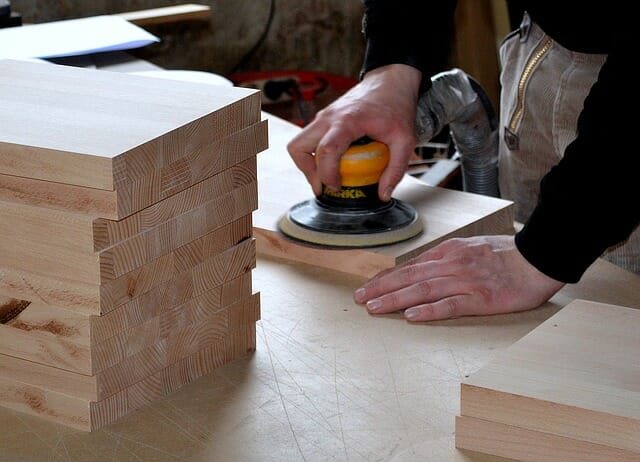The popularity of DIY has taken over the planet. There is now a DIY answer to nearly everything, and why not? After all, such projects allow you to create something exactly as you imagined it.
For ages, wood and timber have been used in a variety of applications. Before we look at factors you should consider when picking a project, let us look at the significant types of DIY woodwork projects.
Types of DIY Woodwork Projects
Hand-held tools are the most common type of DIY home woodworking project. The woodworker uses hand-held devices such as clamps, knives, pliers, chisels, planes and scrapers, hammers, and rasps which fall into this category.
The next level of woodworking projects is powered tools. The do-it-yourselfer uses powered saws, routers, sanders, impact drills, and jigsaws to complete their projects. People can now afford to buy such equipment thanks to improved global economic initiatives. Plus, if your budget is tight, you may hire from companies and individuals. The majority of do-it-yourself jobs fall into this category.
The ease with which they may be operated and the time-saving benefit are what influences buyers. Woodwork crafts can also be produced using digital equipment like 3D carvers and cnc parts in this category. These, however, need some training to operate.
Factors To Consider Before You Start A DIY Woodwork Project
1. What is the goal of the woodworking project?
Why are you undertaking a do-it-yourself woodworking project? Do you want to build wooden fixtures in your home, upgrade your house, or sell the finished items online? The quantity of materials required for your project is determined by its goal. For example, if the objective of your DIY project is to make money, you may spend more money since you will get compensated at the conclusion.
2. Costs
There’s a financial cost to woodworking DIY projects. It would be best if you were prepared to spend money on raw materials and equipment needed throughout the process. Other things you may have to purchase include nails, screws, glue, and sandpaper. Therefore, set a budget for the whole project and keep track of additional expenses, such as delivery fees. A budget allows you to control your spending.
3. Level Of Expertise
Woodworking is a craft that depends only on one’s talent, especially if one chooses to do it oneself. Do you have prior experience working with wood and timber, and how advanced is your skill? The more expertise you have, the better. As a result, think about your capabilities before selecting a project. Choose one that you are confident you can complete.
Thanks to technological advancements such as the Internet, it’s easier to top up any talents you may require along the road. As a result, use online resources like tutorial videos and how-to blogs to learn about the details of any task, even producing 3d printed parts.
Never forget to consider issues like safety. Whether you’re using power or hand equipment in the workshop, you’re at an increased risk of injuries. Learn the proper techniques, invest in high-quality tools and equipment, and employ the appropriate tool for each task to decrease these hazards.
The Bottom Line
With a bit of imagination, time, and effort, you can create beautiful wooden items or constructions. Working with wood allows you to realize your creative ideas and perhaps turn them into money. Woodwork projects may be a fun pastime to try.




